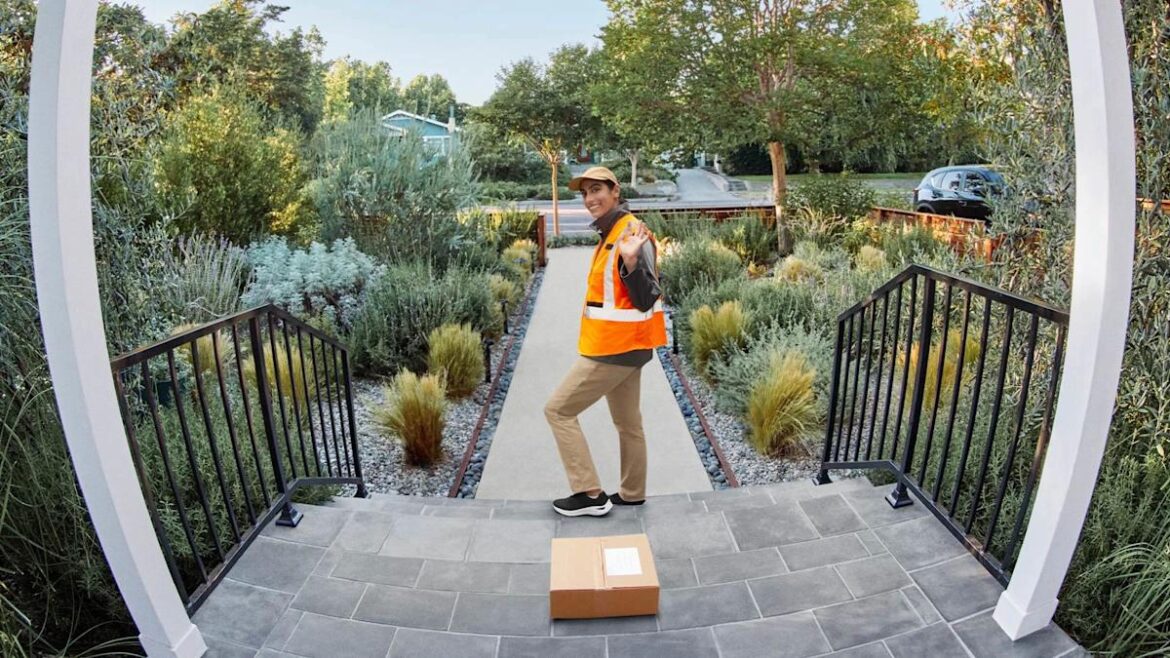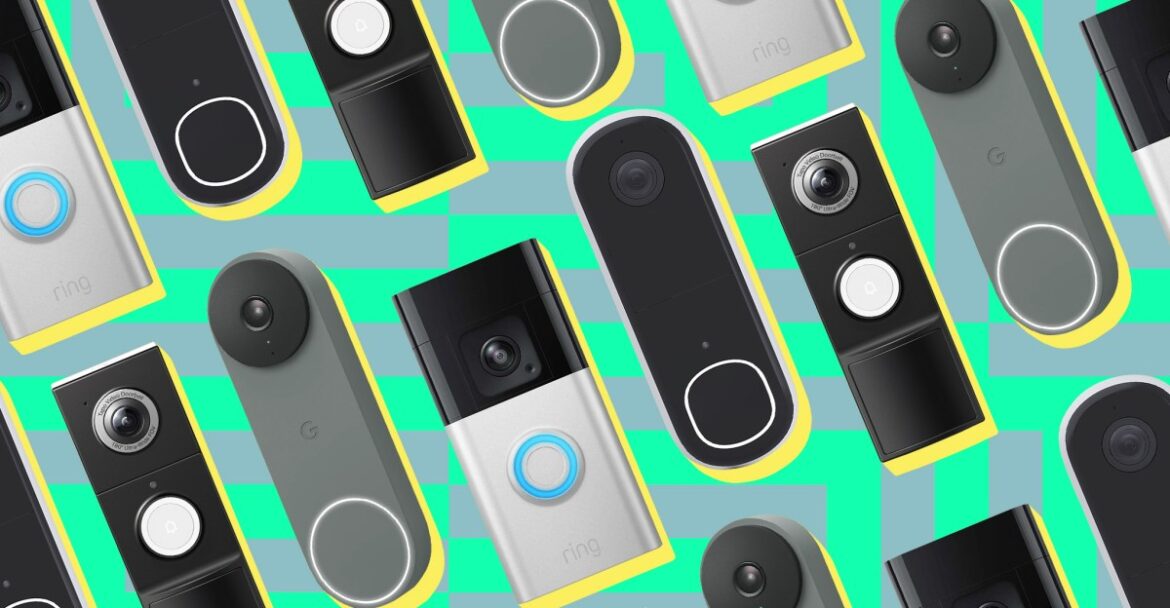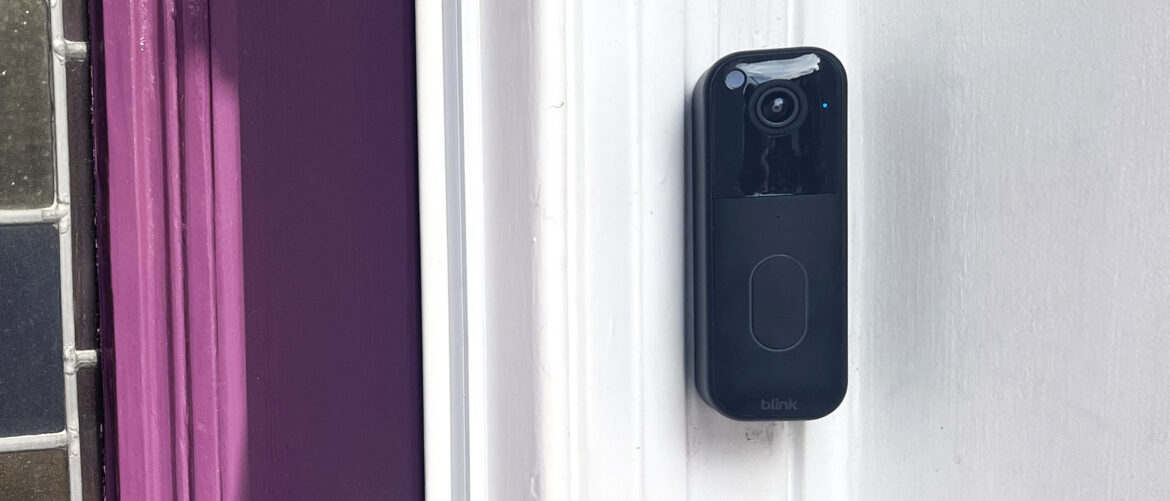The Ring Battery Doorbell Plus is on sale for almost half off and is at the lowest price we’ve ever seen for this model. Normally retailing for $150, the smart doorbell is on sale for $80, a discount of 47 percent. This aggressive sale comes ahead of another Prime Day that runs October 7-8.
The Battery Doorbell Plus offers a 150-by-150-degree “head to toe” field of vision and 1536p high-resolution video. This makes it a lot easier to see boxes dropped off at your front door since it doesn’t cut off the bottom of the image like a lot of video doorbells.
Ring
Pick one up now for almost half off ahead of Prime Day.
$80 at Amazon
This model features motion detection, privacy zones, color night vision and Live View with two-way talk, among other features. Installation is a breeze since you don’t have to hardwire it to your existing doorbell wiring. Most users report that the battery lasts between several weeks and several months depending on how users set up the video doorbell, with power-heavy features like motion detection consuming more battery life.
With most video doorbells today, you need a subscription to get the most out of them, and Ring is no exception. Features like package alerts require a Ring Home plan, with tiers ranging from Basic for $5 per month to Premium for $20 per month. You’ll also need a plan to store your video event history.
Ring was acquired by Amazon in 2018, and now offers a full suite of home security products including outdoor cameras, home alarm systems and more. This deal is part of a larger sale on Ring and Blink devices leading up to Prime Day.



